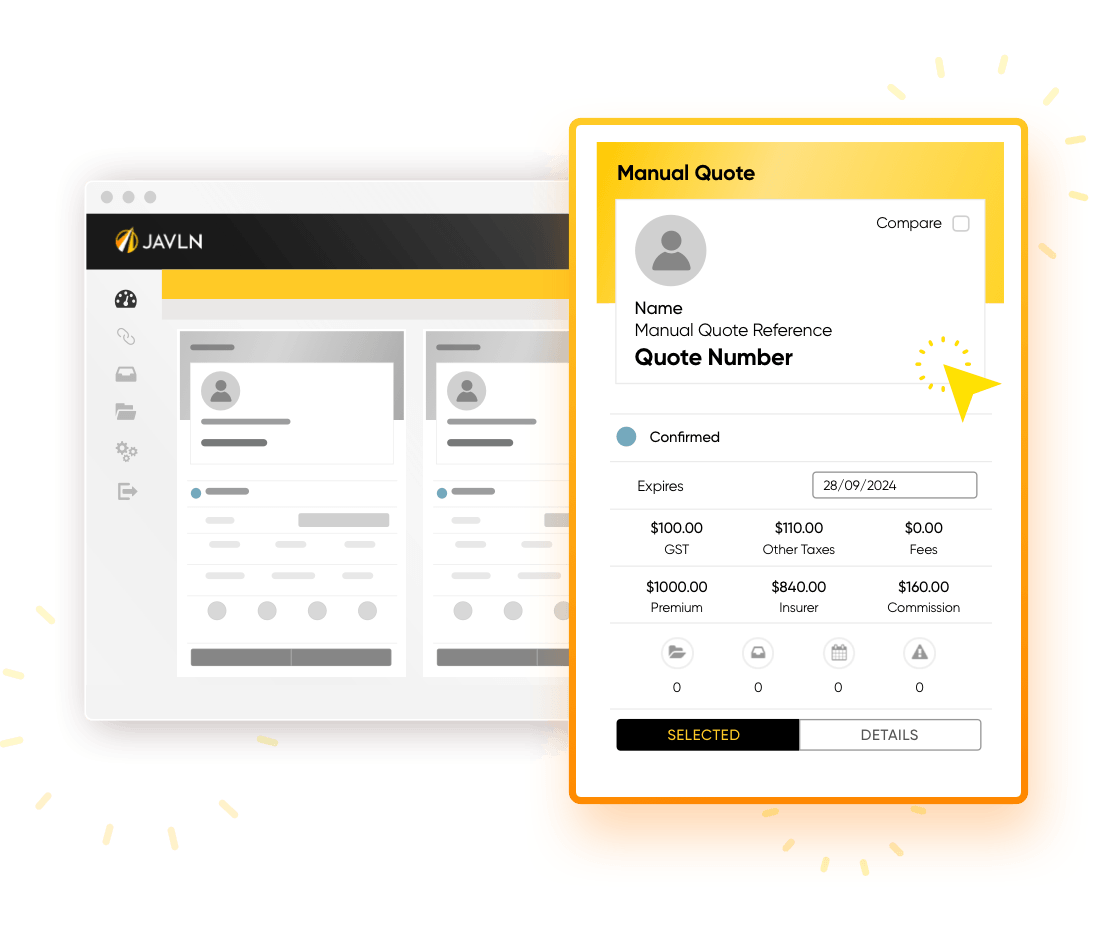
In the highly competitive landscape of insurance, brokers and underwriting agencies strive to optimise their operational efficiency. Monitoring Key Performance Indicators (KPIs) play a pivotal role in achieving objectives. By tracking and analysing specific metrics, you can evaluate performance, identify areas for improvement, and drive sustainable growth.
Here we explore the crucial KPIs that brokers and underwriting agencies should focus on to enhance their operational efficiency and success.

1) Premium Growth: Fueling Revenue Generation
One of the fundamental KPIs to track is premium growth. This metric measures the rate of growth in premium revenue over a specific period. It provides valuable insights into your ability to attract and retain clients, as well as the effectiveness of your sales and marketing efforts. By monitoring premium growth, you can gauge the success of their business strategies and adapt accordingly.
2) Retention Rate: Nurturing Strong Customer Relationships
The retention rate is a vital KPI that reflects your business’s ability to retain clients over time. A high retention rate indicates client satisfaction, strong customer relationships, and effective servicing. By focusing on client retention, you can maximise customer lifetime value, reduce customer acquisition costs, and build a loyal client base. Regularly tracking the retention rate helps identify areas where improvements can be made to enhance client satisfaction and loyalty.
3) New Business Acquisition: Expanding the Clientele
Acquiring new clients is essential for the growth and success of your business. The KPI for new business acquisition measures the effectiveness of lead generation, prospecting, and sales efforts. By tracking the number of new policies or clients gained within a specific timeframe, you can evaluate the performance of your business development initiatives and identify opportunities to expand their market share.
4) Average Policy Size: Evaluating Profitability
The average policy size is a critical metric that provides insights into the profitability and value of the policies underwritten by the agency. Monitoring changes in the average policy size helps insurance firms understand shifts in their target market or product mix. By analysing this KPI, you can make informed decisions regarding pricing strategies, product development, and cross-selling opportunities to optimise profitability.
5) Loss Ratio: Evaluating Underwriting Profitability
The lost ratio provides a comprehensive view of an agency’s underwriting profitability. It encompasses total expenses (including claims, underwriting, and operational costs) as a percentage of earned premiums. A ratio below 100% indicates underwriting profitability, while a ratio above 100% suggests underwriting losses. By regularly assessing the loss ratio, you can identify areas for cost optimisation, process improvements, and risk mitigation.
6) Conversion Rate: Enhancing Sales Effectiveness
The conversion rate is a crucial KPI that measures the percentage of leads or quotes that convert into policies. It reflects the effectiveness of a broker or agency’s sales efforts and the efficiency of its underwriting process. By analysing the conversion rate, you can identify bottlenecks in your sales funnel, refine your sales strategies, and improve overall conversion rates. This KPI is instrumental in driving revenue growth and optimising your business’s sales performance.
7) Customer Satisfaction: Building Strong Relationships
Tracking customer satisfaction through surveys or feedback mechanisms is vital for brokers and underwriting agencies. High levels of customer satisfaction contribute to client retention, positive word-of-mouth referrals, and long-term business success. By monitoring this KPI, you can identify areas where customer experience can be enhanced, address service gaps, and strengthen your relationships with clients.
8) Producer/Productivity Metrics: Maximising Performance
For brokerages and agencies, monitoring producer/productivity metrics is crucial. These metrics include new business production, cross-selling, or revenue per producer. By tracking these KPIs, you can identify high-performing producers, recognise areas where additional training or support may be needed, and align your producer incentives to drive desired behaviours. Maximising the performance of producers is essential for achieving growth targets and increasing overall operational efficiency.
JAVLN: Empowering Brokers and Underwriters to Track KPIs
To streamline the process of tracking KPIs, brokers and underwriting agencies can leverage JAVLN, a cloud-based, end-to-end policy management solution. JAVLN provides robust reporting capabilities, allowing your business to generate customised reports to track KPIs, gain valuable insights, and make data-driven decisions to enhance operational efficiency and drive business success.
Monitoring KPIs is essential for brokers and underwriting agencies to evaluate performance, align activities with strategic goals, and maximize operational efficiency. By focusing on key metrics such as premium growth, retention rate, new business acquisition, average policy size, loss ratio, and more, you can make informed decisions and drive sustainable growth in the competitive insurance industry.
Want to understand how JAVLN can help? Book a demo to see how JAVLN’s advanced insurance software platform can set your brokerage or agency up for success.
Related Articles
-
 By Kathryn McClunie, BDM. Hardly a day goes by without talking to an insurance broker looking for a Customer Relationship Management (CRM) solution. Surprisingly, when I ask brokers what they…Read more
By Kathryn McClunie, BDM. Hardly a day goes by without talking to an insurance broker looking for a Customer Relationship Management (CRM) solution. Surprisingly, when I ask brokers what they…Read more -

How one Australian brokerage saw a 20% improvement to productivity and an 8% increase in average revenue with JAVLN
Founded in 1975, Trans-West Insurance Brokers (Trans-West) is an Australian-owned and licensed general insurance brokerage firm serving commercial and industrial clients. Much of the company’s success over the past 45…Read more -

Streamlining Policy Remarketing: Best Practices for Insurance Brokers
Remarketing policies can be a complex process for insurance brokers, requiring a delicate balance between responsiveness and attention to detail - especially in a “difficult” insurance environment. Read on to…Read more












